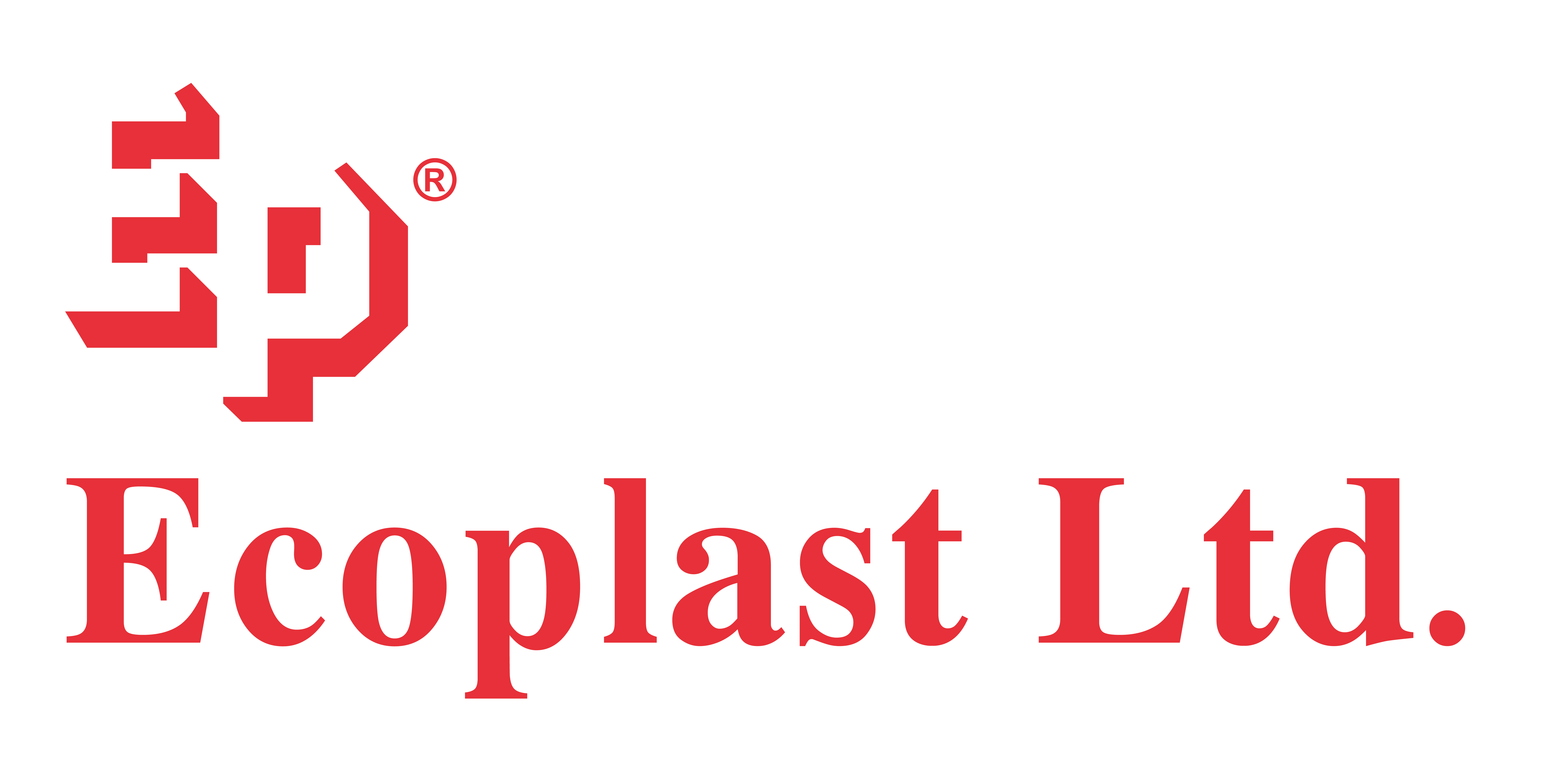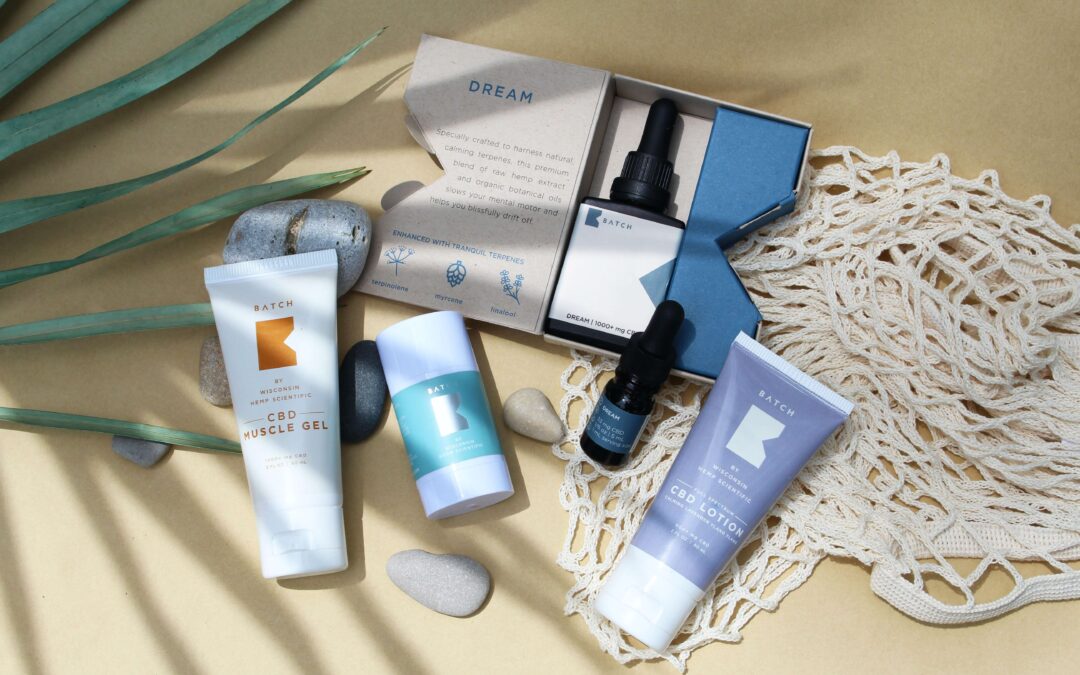Know What’s Best For Your Product: Different Types Of Packaging Materials
In a world that sees new waves of innovations almost on a daily basis, consumer expectations are bound to rise with every technological advancement. To meet this growing demand, organizations today strive to consistently upgrade their products or build newer, better ones that best serve the needs and wants for their potential consumers.
However, a product can only bring the best of its benefits to a consumer, when delivered securely; in a way that does not diminish its value. This is where quality packaging enters as a viable solution. As the consumer needs and the range of products have evolved, the packing industry has had to evolve with it, in order to keep up with the ever-changing world. The sector is now a vast one with many sub-sectors that fall under it.
When it comes to the classification of packaging, the very first two methods of packaging that come to mind are traditional packaging and flexible packaging.
Traditional packaging began with the use of natural materials such as leaves, bamboo, gourds, coconut shells etc. Over the years, evolution played its part and paved the way for packaging with man-made materials, including fabrics, ceramics, metals, wood ware, paper etc. Finally, the need for more durable packaging solutions led to the introduction of wooden crates and boxes, stem baskets and barrels for transportation and storage. Much like before, even today traditional packing materials mostly contribute to protecting food items.
With the industrial revolution, came the gift of aluminum foil, followed closely by plastic and polyethylene. Owing to a long list of impressive features, they have now become the primary packaging material; bringing us to the era of flexible packaging. Today, many industries have moved on to flexible packing, because of its many features, to name a few – preserving the quality of food in terms of flavors, aromas and nutritional value, increased shelf life and enhanced consumer appeal. It involves the use of materials that can yield when filled or closed. It can be easily modified in terms of shape. Common examples include bags, pouches, shrink films, tubes, sleeves, and carded packaging. One of the most impressive things about flexible packaging is the impressive range of choices readily available; in terms of material, color, shape, patterns, and such.
The world of packaging today shelters a varied range of products. So, what is the secret to choosing the ideal one for you? Knowing the features and benefits of the key materials can help you make the right choice. Here is a list of the different types of packaging materials-
Primary Types Of Materials Used For Packaging
Since the packaging is what shields your products from external factors that keep it from serving its true purpose, it is important to pick the right material to best protect the product. As such, the very first step of packaging a product is to determine the ideal packaging material. Here is what you can choose from based on the characteristics of the product to be protected.
1. Sustainable Plastic:
Since plastic is incredibly flexible and can be manufactured to adhere to a multitude of properties, it is frequently the packaging material of choice. Plastic is flexible, lightweight, and durable. It can be created to be food-safe, transparent, or opaque, and can also be chemical and heat resistant. Polyethylene is one of the most-sought after types of packing material, and for all the right reasons. Because of its wide use, polyethylene has many names in the market – ‘plastic sheeting’, ‘poly sheeting’, or ‘poly film’. Polyethylene sheeting is your best bet when it comes to plastic protection. These films can be tailored to perfectly fit into a project’s requirement.
2. Glass:
Glass is widely used in the packaging of pharmaceuticals, cosmetics, food products, and alcoholic beverages. The market size of this industry is expected to grow at a CAGR of 4.4% from 2021 to 2027. This growth is because of the increasing glass recycling rates in conjunction with the eco-friendly benefits of glass. Owing to its nonporous and nontoxic nature, glass has been used largely in the food and beverage industry for decades now. The material does a great job of keeping things from contaminating the food and drinks. This also leads to the preservation of the original flavors, keeping the products fresh for a longer time. Moreover, glass makes for premium packaging that is eye-pleasing as well; this helps attract more consumers. The best part? Almost all glass is recyclable.
3. Paper & Paperboard:
We come across paper packaging so often in our everyday lives that it almost goes unnoticed. Every time a delivery reaches our doorstep, we are more often than now, handed a product neatly wrapped in a cardboard or a paperboard box. Being affordable, light and easy to stack, the material is used largely in the retail industry. It also significantly contributes to the shipping industry, thanks to the rise of e-commerce. One of the best examples happens to be corrugated cardboard. It is known to have superior structural stability for shipping and storing. Paper packaging also comes in handy when it comes to marketing your brand and its products given that it is incredibly easy to print on paper-based material. And finally, paper and cardboard are easily recyclable, making them eco-friendly packaging solutions.
4. Aluminum:
One of the oldest and the finest options, aluminum packaging comes with a treasure trove of benefits. The material is flexible in the sense that it shelters cans, foil, and aerosol products. In its foil form, aluminum can also be used in multi-laminate constructions or as a blister pack or container seal. The material being nontoxic, is often used to package medications. Another advantage for the pharmaceutical industry is that aluminum packaging extends the shelf life of the products. Moreover, it is highly resistant to corrosion and offers excellent production against light, ultraviolet rays, oils, and oxygen. Being light and durable, it can be used with laminates to provide extremely thin barrier protection for food and beverages. This leads to the preservation of natural resources as fewer materials are involved in the making of this kind of packaging.
5. Steel:
Another one of the most recyclable materials, steel is largely used in the industrial manufacturing sector. Owing to its enhanced durability, the material is used in a variety of applications, such as containers and closures for foods, beverages, hygiene and personal care, automotive and industrial products, giftware and promotional products, and the list goes on. What makes it the ideal solution for shipping and transportation is that the containers can often be reused. The rugged road and the long distances through harsh weathers, they are perfectly capable of withstanding it all. Amidst its worthy competitors, tin-plated steel still stands to be one of the most common materials used in food cans.
Ecoplast Ltd – One Of The Top Packaging Films Manufacturer in India
Every product today demands due attention; this makes packaging an important part of any production lifecycle. If you have been looking for excellent flexible packaging solutions for your products, Ecoplast Ltd is here to your rescue. With 40 years of experience, and an extensive range of premium packaging products, we are one of the leading flexible packaging companies in India.
We hold expertise in designing and manufacturing Surface Protective Films that protect products such as steel, aluminum panels / profiles, carpets, tiles, glass, and all kinds of substrates from dust, scratches and other environmental impacts. Here are our offerings:
-Ecogen™ (Lamination Films)
-EcoProtect™ (Surface Protection Films)
-EcoBond™ (Adhesive Films)
–EcoPrime™ (Speciality Films)
To explore the many flexible packing options that best protect your products, contact us at: +91-22-2683 3452 / +91-22-2683 1403, or drop an email at: [email protected]


Recent Comments